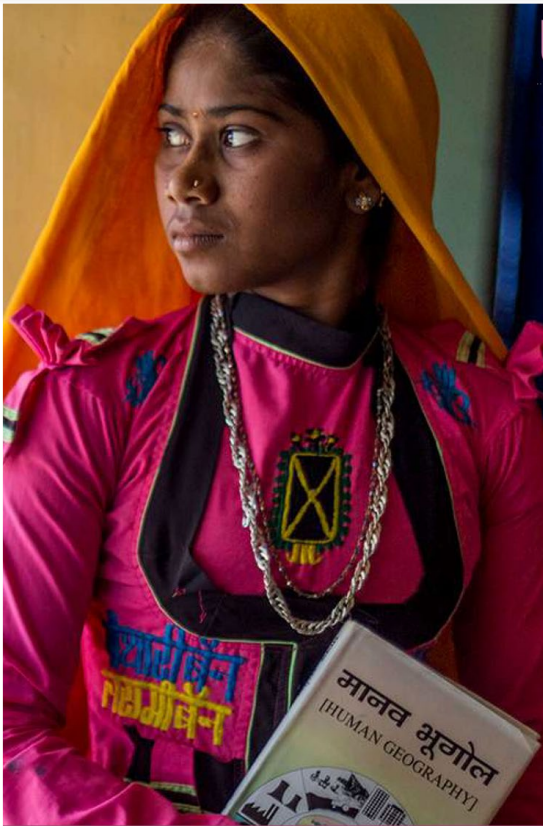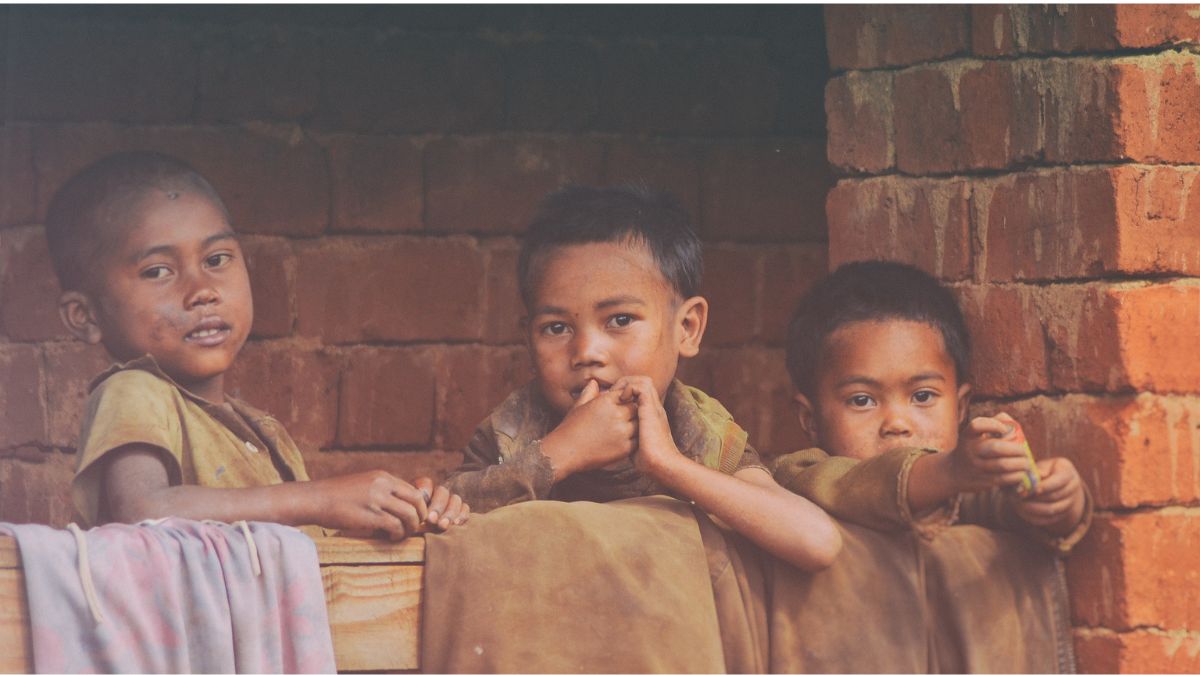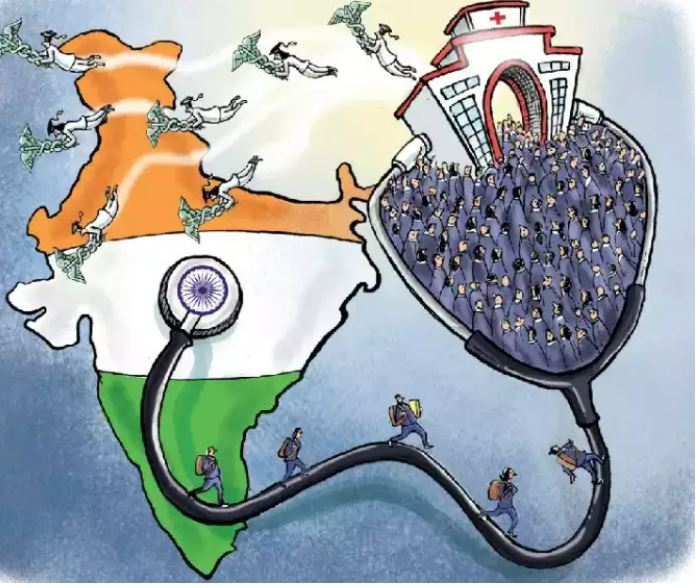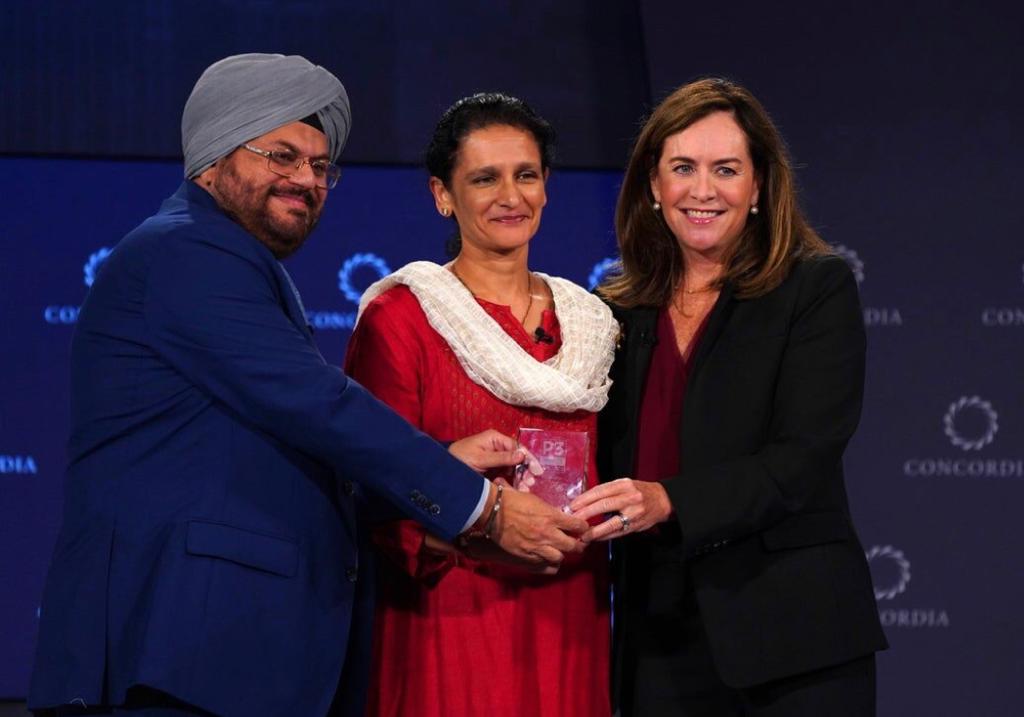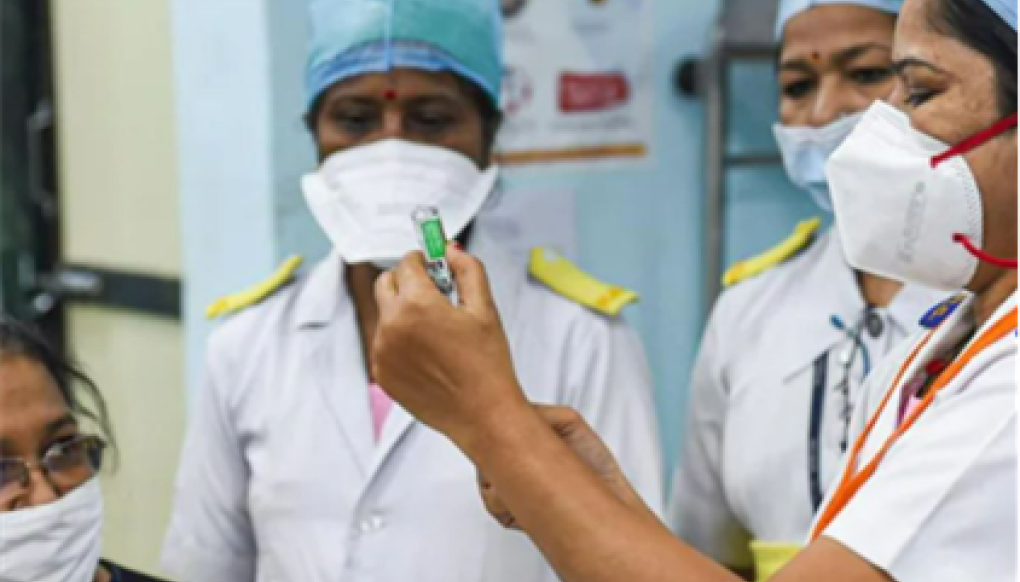Conditional cash transfer schemes are fast becoming a measure of enhancing the efficiency of delivery of government programmes. The Odisha Girls’ Incentive Programme (OGIP) launched last year has already had effects on a wide range of domains – including increased access to financial resources, improved schooling outcomes and reduction in dropout rates.
Under OGIP, all girls from Scheduled Caste (SC) and Scheduled Tribe (ST) joining class 9 for the session 2012-13 received an annual cash incentive amount of Rs. 2,000 in 10 monthly instalments. The money was transferred to the bank or post office savings accounts opened in the names of the girls. There is a monthly attendance conditionality of 75 per cent for receiving the money. The scheme is likely to benefit nearly 2.5 lakh SC and ST girl students in the State.
“For students who cannot even afford proper breakfast or lunch, the scholarship is a great lure to make them attend school. Scholarship money is reducing financial burden of poor parents. As attendance in school is leading to a financial benefit, parents think twice before engaging their children as child labour for small daily wages,” said Sushant Baidya Bhusan, project coordinator, Rayagada district.
The programme is the collaborated effort of the Odisha government and is funded by the Department of International Development and the technical assistance is provided by IPE Global.
The programme is being implemented across the 30 districts of the State, covering around 4.2 lakh SC/ST students (in 2013-14) studying across approximately 8,900 high schools. Further, bank accounts for almost 4.15 lakh students have been opened.
“About 256 girls dropped out between classes 8 and 9 during the pilot year. This is about 50 per cent less than the number for the previous year,” said Ashwajit Singh, managing director, IPE Global.
Improving quality bearing results
Early indications were that the focus on improving quality was bearing results. Preliminary analysis of the data collected revealed a 40 per cent reduction in dropout rates owing to the programme. Further, the overall mean attendance rates also showed an improvement of around 10 per cent when compared to the attendance of the students in their previous class (class 8).
“Sensitisation of headmasters as well as students studying in class 8 is a major factor in this scheme. Sensitisation of probable beneficiaries for the session 2014-15 has started,” said Pradyumna Kumar Dash, welfare officer in Rayagada district.
“This scheme has increased attendance of SC/ST girl students. Now these students are trying hard to keep their attendance above 75 per cent,” confirmed Mochiram Baliarsingh, a headmaster of Government Girls’ High School, Gudari.
Another encouraging anecdote is of a girl who got married in Class 9 was convinced by the programs’ coordinators to re-join school after much resistance from her in-laws who were opposed to her education. This incident has stood as a towering example encouraging several others.







